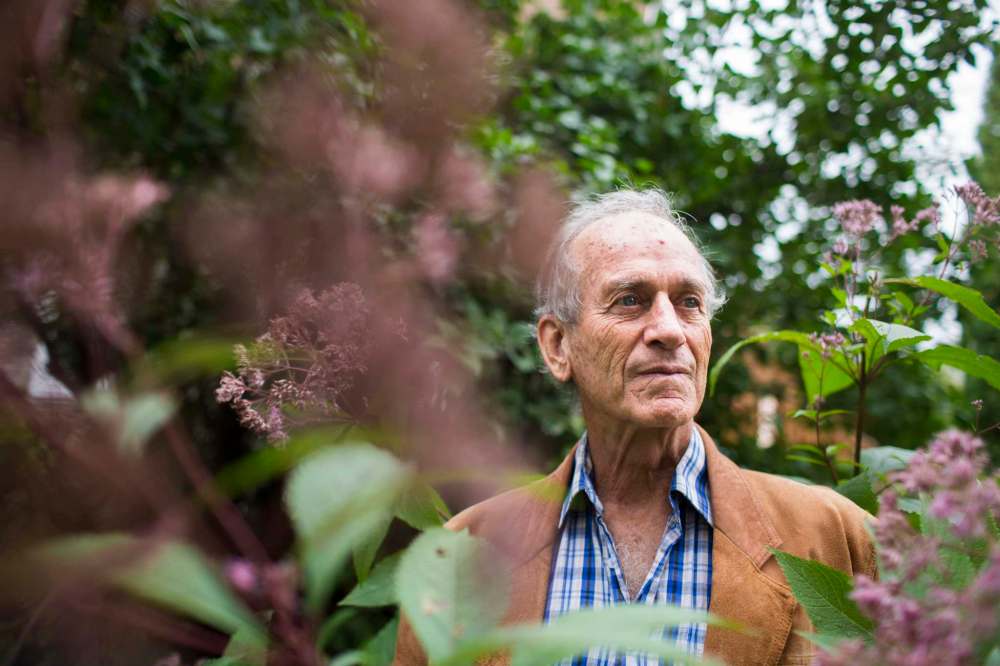Safety report angers advocate
Burrows slams downtown action plan as failing to involve vulnerable residents
Advertisement
Read this article for free:
or
Already have an account? Log in here »
To continue reading, please subscribe:
Monthly Digital Subscription
$0 for the first 4 weeks*
- Enjoy unlimited reading on winnipegfreepress.com
- Read the E-Edition, our digital replica newspaper
- Access News Break, our award-winning app
- Play interactive puzzles
*No charge for 4 weeks then price increases to the regular rate of $19.00 plus GST every four weeks. Offer available to new and qualified returning subscribers only. Cancel any time.
Monthly Digital Subscription
$4.75/week*
- Enjoy unlimited reading on winnipegfreepress.com
- Read the E-Edition, our digital replica newspaper
- Access News Break, our award-winning app
- Play interactive puzzles
*Billed as $19 plus GST every four weeks. Cancel any time.
To continue reading, please subscribe:
Add Free Press access to your Brandon Sun subscription for only an additional
$1 for the first 4 weeks*
*Your next subscription payment will increase by $1.00 and you will be charged $16.99 plus GST for four weeks. After four weeks, your payment will increase to $23.99 plus GST every four weeks.
Read unlimited articles for free today:
or
Already have an account? Log in here »
Hey there, time traveller!
This article was published 04/12/2019 (2202 days ago), so information in it may no longer be current.
Inner-city public safety advocate Sel Burrows is airing his criticisms of a downtown safety report released Tuesday by the Manitoba Police Commission, saying the document fails to consider the need to include downtown residents in the push to make Winnipeg’s urban core safer.
“I was quite angry,” the co-ordinator of the Point Powerline community watch group told the Free Press on Wednesday.
“They know better, that they can’t do a top-down crime prevention program — it just won’t work. Many of the recommendations are OK, but if you do not have the people who live in the neighbourhood involved, you will fail,” he said.

“And I don’t want them to fail. I’m as angry about the high crime rate as anybody else. We’ve got to deal with it, but there’s people there that want to be involved, and they’re dealing them out.”
Poor, vulnerable downtown Winnipeg residents are most likely to be the victims of inner-city crime, Burrows argued in a press release sent to local media on Wednesday. He believes those same residents are the key to effectively addressing crime downtown.
“Most poor people are not criminals, most poor people do not want crime, and they are more than willing to help identify who has guns, who has knives, where the gang houses are,” Burrows said.
“But there needs to be a simple system for them to communicate.”
Burrows said his group has worked to overcome what he called the “jail culture” of “no ratting, no squealing” in his Point Douglas neighbourhood.
“And you know, a lot of people who are intimidated by people who’ve been in and out of jail a lot and say they won’t rat and squeal, are now calling and saying, ‘Yeah I’ve got a right to have my street safe.’”
The Manitoba Police Commission report recommends that the government “prioritize funding to host town hall meetings on a quarterly basis on downtown safety concerns.” But Burrows said that’s not nearly enough to keep local residents engaged in public safety.
“You must communicate with the people who live in those small apartment blocks and stuff on a regular basis, that they have the right to be safe and they have a right to keep the community safe,” he said. “And there’s nothing about that in the report — but there’s three recommendations on panhandling.”
Local Indigenous organizations could make especially valuable partners in the fight to make downtown Winnipeg safer, Burrows added, but “that’s not mentioned in this report at all.”
Still, Burrows reserved some praise for a few of the report’s 27 recommendations, including reforms to the way authorities address intoxicated people downtown and measures to co-ordinate various foot patrols in the city centre.
Burrows’ work to improve Winnipeg’s Point Douglas neighbourhood earned him a place in the Order of Manitoba in 2017. He plans to release two further responses to the downtown safety report in the coming weeks — one focusing on policing and security and the other on addressing the root causes of crime.
solomon.israel@freepress.mb.ca
Twitter: @sol_israel



